Forecast Contracts enable investors to speculate directly on the outcome of economic events and they may also be used to hedge investments that are exposed to the outcome of economic events.
For example, an investor long of retail stocks could be vulnerable to a downturn in consumer spending. Consider the following questions and think about how they could potentially be used to protect against disappointing outcomes.
Will the US Consumer Sentiment Index exceed 67.7 in July 2025?
Will the US Retail Sales growth rate be greater than 0.4% in July 2025?
Will the US Unemployment Rate exceed 3.9% in July 2025 ?
- Unexpected declines in consumer sentiment could be a sign of reluctance to spend in the immediate future.
- A shortfall in retail sales compared to expectations might harm the earnings outlook for retail stores.
- Unexpected increases in unemployment could also impact not only spending, but also hint at potential recession ahead.
However, it should be noted that several other factors can influence the direction of specific stocks or economic sectors including raw investor sentiment. There is no guarantee that simply because that day’s retail sales report failed to meet the forecast pace of increase that retail stock prices will decline in direct response. In other words, an investor attempting to hedge his/her holding of retail stocks by taking the “No” side of the US Retail Sales growth rate in a specific month could be wrong on both counts. That is, retail sales exceeded expectations, yet the broad market fell regardless. The investor in this case saw the value of retail shares decline and took the wrong side of the trade with the Forecast Contract.
By design, Forecast Contracts are generally priced around market participants’ collective predictions for an outcome. There are instances where there is not a predictions market for an outcome, such as US National Debt, the level of Atmospheric Carbon Dioxide or the average annual US temperature.
While investors might focus on the central threshold relative to the forecast outcome, remember that any Forecast Contract has only one of two outcomes at settlement: A correct answer settles at $1.00 per contract while the incorrect answer settles at $0.00. An investor paying $0.50 on what turns out to be a correct Yes Forecast Contract will receive $1.00 per contract. Meanwhile, the investor buying the opposing No contract at around the same price will lose the entire premium paid for the contract.
Consider then Forecast Contracts further away from the central threshold. A No contract costing $0.80 will be worth $1.00 at expiration if correct giving the investor a $0.20 per contract gain. An investor willing to pay $0.20 per contract on the opposing Yes contract in the hope that a lower likelihood event surprises the market stands to make $0.80 per contract in the event they are correct. Investors can in theory make money by taking on the risk of being wrong.
For example, if the central threshold for the monthly US Unemployment Rate is 3.9%, a No contract in which the threshold states that the Unemployment rate will exceed 4.5% may be available at $0.95. In all likelihood, the US Unemployment Rate will not unexpectedly jump by this amount in a single month. The No contract costing $0.95 is highly likely to payout a full $1.00 at expiration. If correct, that contract would only stand to gain the buyer $0.05.
Investors may be exposed to banking stocks, which are sensitive to interest rates set by the Federal reserve. Consider the following question:
Will the US Fed Funds Target Rate be set above 5.375% at the FOMC meeting ending July 31, 2025?
Exposure to the banking sector could be somewhat hedged using a Forecast Contract on the timing and magnitude of changes to Federal Reserve policy settings. This can be especially true of expectations about policy settings quarters or years in advance where live contracts are priced.
Likewise, investors exposed to shares of homebuilders or REITs might find Forecast Contracts useful surrounding the following question:
Will US Building Permits exceed 1,500,000 in July 2025 ?
Rising levels of US government debt might have an impact on the cost of borrowing and government’s ability to continue funding at the long end of the yield curve. Consider the implications of the following question from the perspective of an investor with exposure to 30-year yields:
Will the US National Debt exceed $35 trillion by the end of FY 2024?
The launch of ForecastEx Contracts includes Forecast Contracts on US and global temperatures as well as global atmospheric carbon dioxide levels. These contracts might be used by investors to hedge certain portfolio positions vulnerable to weather-related events. Here are examples of such questions:
Will the average US Temperature in 2024 be greater than 54.12F?
Will the average Global Temperature in 2024 be greater than 1.33C above the 20th century average?
Will Atmospheric Carbon Dioxide be greater than 426.1ppm in 2024?
Conclusion: Forecast Contracts enable the investor to use economic and climate indicators to hedge risk or speculate. The investor can choose from over 100 thresholds over several months to properly diversify their exposure.
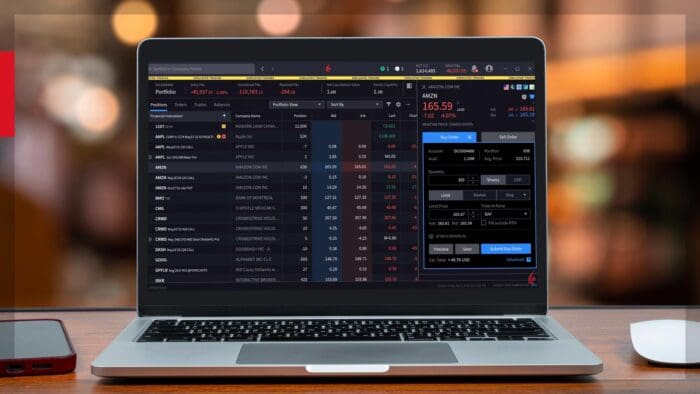


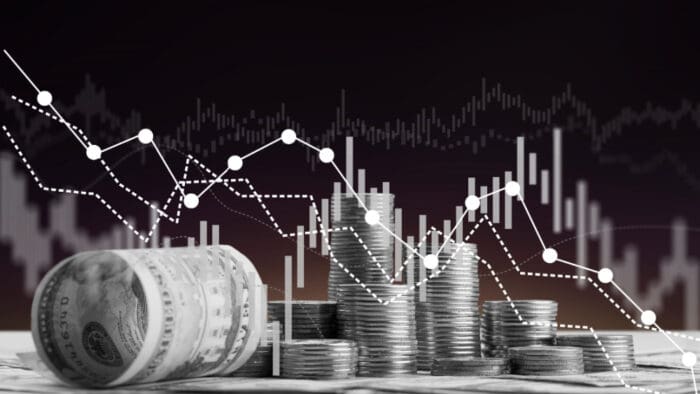
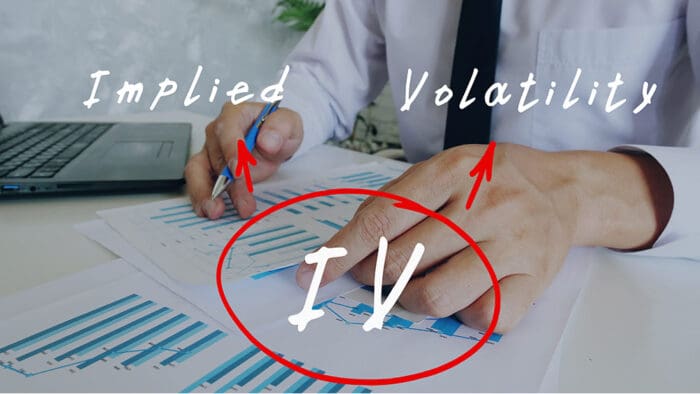


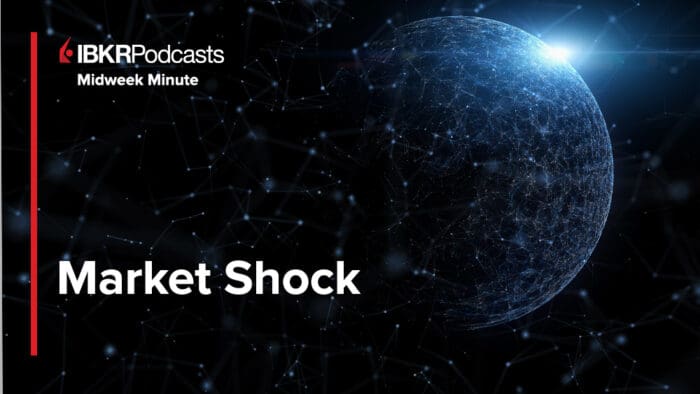
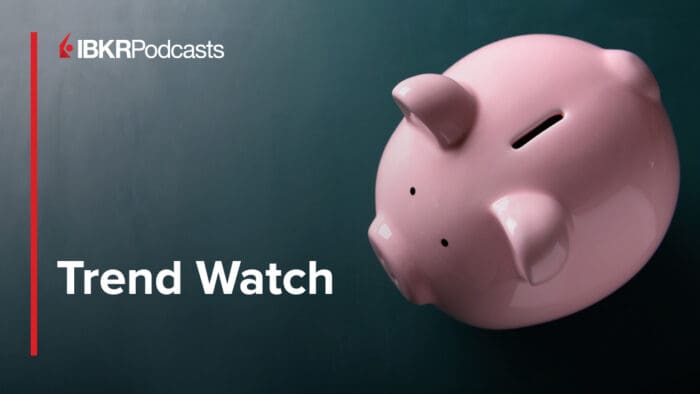



Very nice important
Thanks for engaging!
Thank you very much
Thanks for engaging!